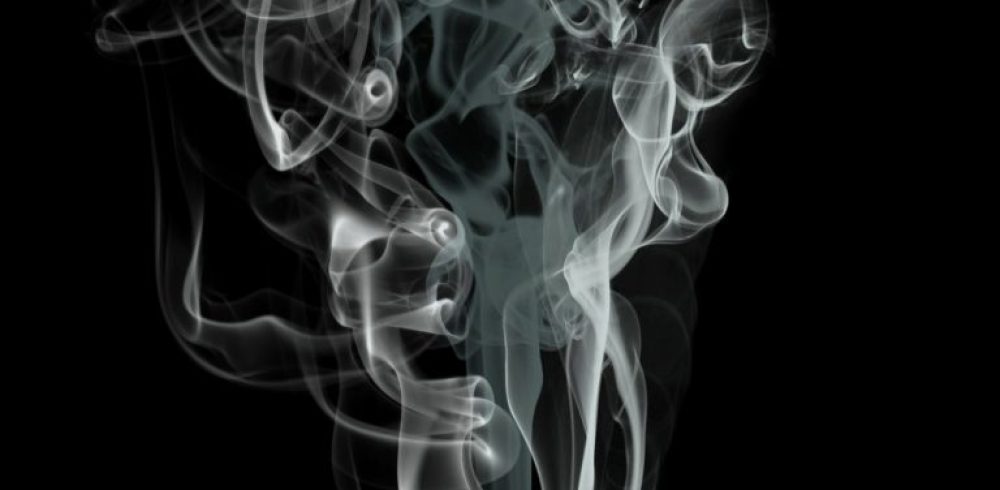Gas, gas, gas – Part 1 – In the first part of this three part series, Tristan Pulford from Finch Consulting takes a look at the risks of gas in the workplace. and the types of gas detectors available. Look out for parts two and three coming soon.
”Gas, Gas, Gas” is a refrain heard in many old warm films, which triggers the donning of a variety of equipment from breathing apparatus to full on body suits, but it is something that hopefully not many of us have heard in real life. Even though this cry is based upon the movies, Gas itself can be life threatening, and yet is easy to take for granted as it is frequently colourless and odourless. In this article I will discuss the risks associated with gas, the types of gas detection and why they are important to ensure the safety of all your workers.
Risks
If I was to take a poll of all health and safety professionals, I predict that the majority would be able to identify gas as being one of the key risks for confined space, and some may also point out that it can be potentially explosive. But let’s explore this in more detail and look at the risks posed by gases. The risks actually depend on what the gas is, so I will intersperse these with examples that are commonly found in industry.
Asphyxiation: One of the most known about hazards associated with a gas is the ability for it to replace the Oxygen in air and act as an Asphyxiant. This is one of the largest risks in confined space, and where multiple fatalities have occurred, because the hazard is unseen. This means that people attempt a rescue, who are also soon incapacitated, and can succumb to asphyxiation. While most gases can cause asphyxiation the most common that cause an incident in industry are argon, nitrogen, welding fumes and carbon monoxide.
In 2011 there was a double fatality when cleaning of an organic waste drainage system, released hydrogen sulphide, causing one of the workers to fall unconscious and fall 10ft to their death. The other employee attempted a rescue and was also asphyxiated.
Fire/Explosion: When most people hear the word gas they probably think about natural gas, which is used to heat our homes. This is an example of a flammable gas which can cause ignition or explosion. While the majority of time this can be smelt, that is due to the additives rather than the gas itself. This makes un-odourised methane dangerous, as without gas detection it cannot be identified and can easily be ignited.
In 2004 an explosion of Ethylene oxide occurred, after some non-routine work meant that some safety devices were overridden as part of a calibration exercise for a new process. This allowed a build-up of ethylene oxide which entered into an area with workers who had an ignition source that led to the explosion.
Toxicity: Some gases are also toxic, which can cause fatalities when inhaled, or even in contact with the skin. This is most common in industries using or mixing chemicals where the reaction between substances produces a potentially toxic gas, but some toxic substances are even used as feed stock to various products. The most common toxic gas produced are chlorides, with some derivatives of these being used as chemical weapons.
Carcinogens / Other Health issues: While similar to toxicity, gases can cause other long term health related issues, such as cancer or breathing difficulties. This is frequently the case with tar-based gases which can cause breathing issues, and some exhaust gases are also carcinogens or have other health effects.
Manufacturing & Engineering Magazine | The Home of Manufacturing Industry News















